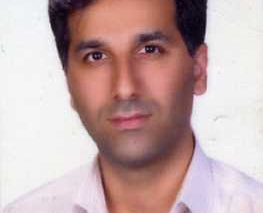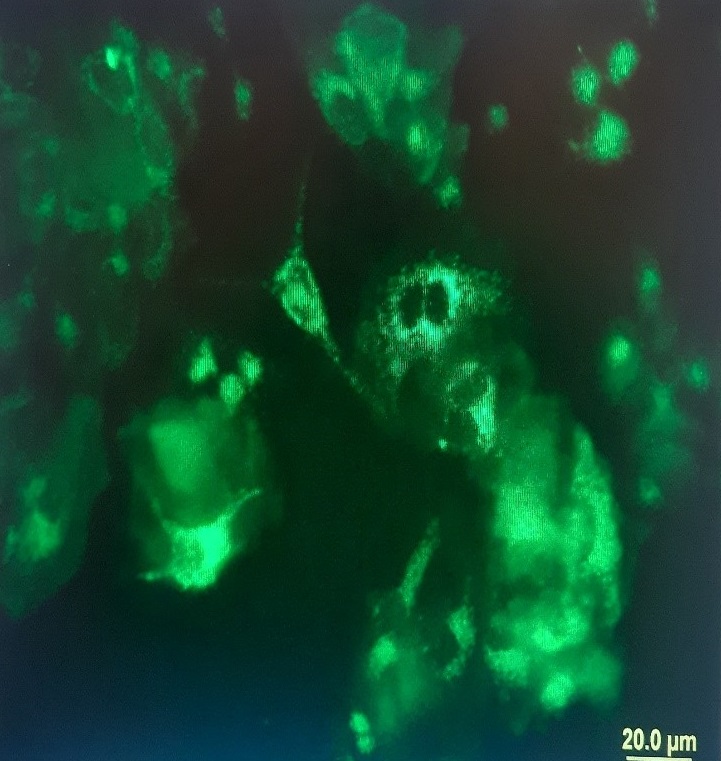Research Interest of Dr. Mohsen Sagha

Professor Mohsen Sagha
PhD in Anatomical Sciences (Embryology)
Research Laboratory for Embryology and Stem Cells,
Department of Anatomical Sciences, School of Medicine,
Ardabil University of Medical Sciences, Ardabil, Iran
Email: m.sagha@arums.ac.ir
Phone: (+) 98 - 913 125 7611
Research interests:
The research in my lab focuses on two distinct questions in stem cell biology and embryonic development: How does a cell acquire a neural fate and pattern? And, to promote metastasis, how does an epithelial cancer cell change its morphology to a mesenchymal phenotype?
Neural induction is a biological process through which naïve ectodermal cells are specified to form neural progenitor cells (NPCs), progressing through successive stages to become neurons and neuroglial cells. Once NPCs are formed, they initially possess forebrain identity but acquire a posterior (caudal) fate, including Midbrain, Hindbrain, and Spinal cord, through interactions with the adjacent paraxial mesoderm, such as somites. Using stem cells, we have demonstrated that somites possess neural inducing ability and can pattern differentiating neural cells toward a posterior fate.
Additionally, I focus on cancer cell migration, and using different cancer cell lines, I am interested in elucidating Bone morphogenetic Protein (BMP) signalling involved in the transition of cancer cells from the epithelial state to a mesenchymal phenotype, a process known as EMT (Epithelial to Mesenchymal Transition).

Map2- positive neurons

MCF7, a Breast cancer cell line

Noggin stably transfected in MCF7
Selected publications:
- Sagha M, Mortazavi KA, Shiran JA, Tehrani AA, Razzaghi-Asl N. New 1-Arylmethyl-3-Benzoyl/Cyclopropanoyl Thioureas as inhibitors of AGS cell line migration: Synthesis, biological evaluation and molecular dynamics. J Mol Struc. 2024;1312:138621.
- Sagha M, Mousaei F, Salahi M, Razzaghi-Asl N., Synthesis of new 2-aminothiazolyl/benzothiazolyl-based 3,4-dihydropyrimidinones and evaluation of their effects on adenocarcinoma gastric cell migration, Mol Div., 2022,26(2):1039-1051
Elnaz Faghfuri E., Sagha M., Faghfouri A.M., The Cytotoxicity Effect of Curcumin Loaded Folic Acid Conjugated-Nanoparticles on Breast Cancer Cells and Its Association with Inhibition of STAT3 Phosphorylation. J Cluster Sci., 2021, doi.org/10.1007/s10876-021-02125-1.
- Miri V, Asadi A, Sagha M, Najafzadeh N, Golmohammadi MG. Poly (L-lactic acid) nanofibrous scaffolds support the proliferation and neural differentiation of mouse neural stem and progenitor cells. Int J Dev Neurosci. 2021 Aug;81(5):438-447.
- Najafzadeh N, Sagha M, Heydari Tajaddod S, Golmohammadi MG, Massahi Oskoui N, Deldadeh Moghaddam M., In vitro neural differentiation of CD34 + stem cell populations in hair follicles by three different neural induction protocols. In Vitro Cell Dev Biol Anim. 2015 Feb;51(2):192-203
- Abdanipour A, Sagha M, Noori-Zadeh A, Pakzad I, Tiraihi T. In vitro study of the long-term cortisol treatment effects on the growth rate and proliferation of the neural stem/precursor cells. Neurol Res. 2015 Feb;37(2):117-24.
- Saraee F, Sagha M, Mohseni Kouchesfehani H, Abdanipour A, Maleki M, Nikougoftar M. Biological parameters influencing the human umbilical cord-derived mesenchymal stem cells' response to retinoic acid. Biofactors. 2014 Nov;40(6):624-35.
- Hosseinzadeh Anvar L, Hosseini-Asl S, Mohammadzadeh-Vardin M, Sagha M, The Telomerase Activity of Selenium-Induced Human Umbilical Cord Mesenchymal Stem Cells Is Associated with Different Levels of c-Myc and p53 Expression, DNA Cell Biol. 2017;36(1):34-41
- Acosta H, Iliev D, Grahn TH, Gouignard N, Maccarana M, Griesbach J, Herzmann S, Sagha M, Climent M, Pera EM.,The serpin PN1 is a feedback regulator of FGF signaling in germ layer and primary axis formation. Development. 2015;15;142(6):1146-58
- Salehi H, Karbalaie K, Razavi S, Tanhaee S, Nematollahi M, Sagha M, Nasr-Esfahani MH, Baharvand H. Neuronal induction and regional identity by co-culture of adherent human embryonic stem cells with chicken notochords and somites., Int J Dev Biol. 2011;55(3):321-6.
- Sagha M, Karbalaie K, Tanhaee S, Esfandiari E, Salehi H, Sadeghi-Aliabadi H, Razavi S, Nasr-Esfahani MH, Baharvand H., Neural induction in mouse embryonic stem cells by co-culturing with chicken somites, Stem Cells Dev. 2009 Nov;18(9):1351-60
